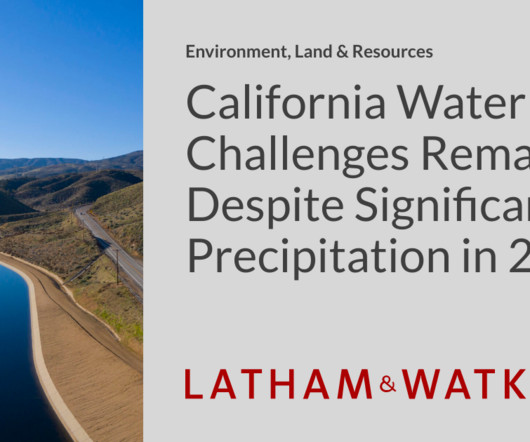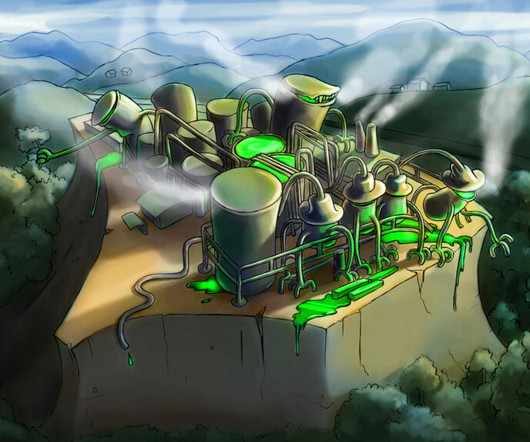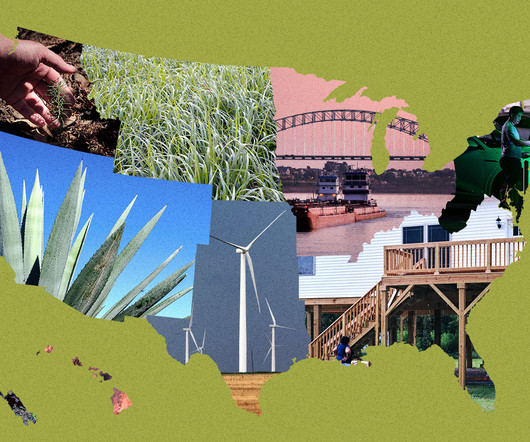California Water Challenges Remain Despite Significant Precipitation in 2023
Latham's Clean Energy Law Report
FEBRUARY 9, 2024
In the first quarter of 2023, most of the state received rainfall exceeding historic averages, with some areas experiencing 200%, or even 300% of average levels. According to the US Drought Monitor , the state is currently drought-free, although some regions are still considered abnormally dry.















Let's personalize your content